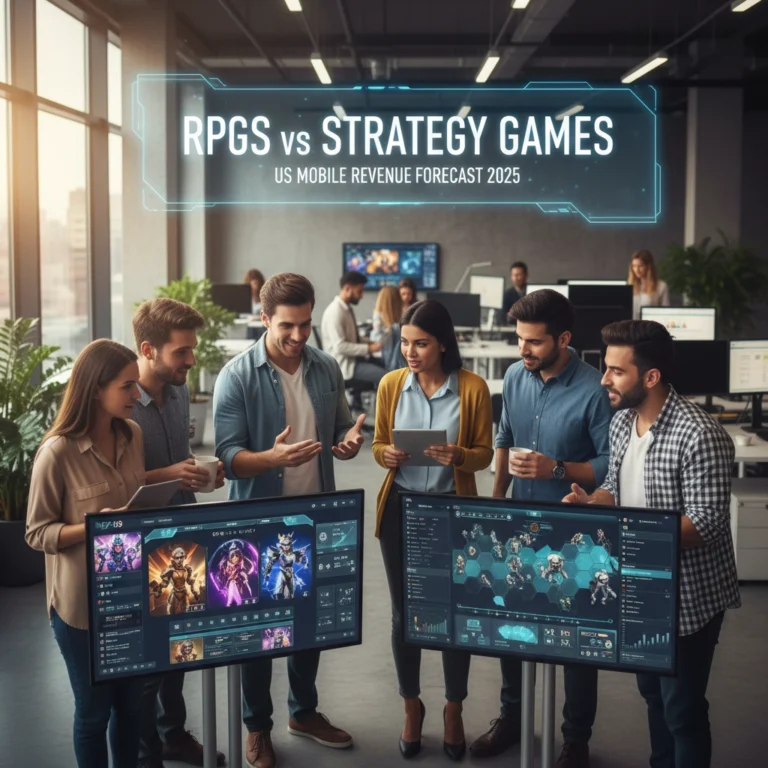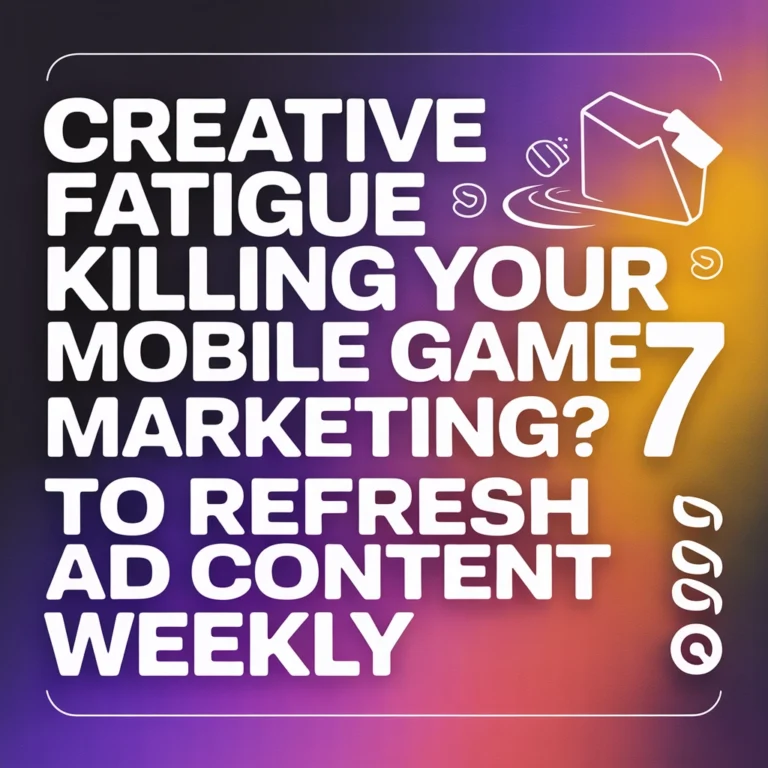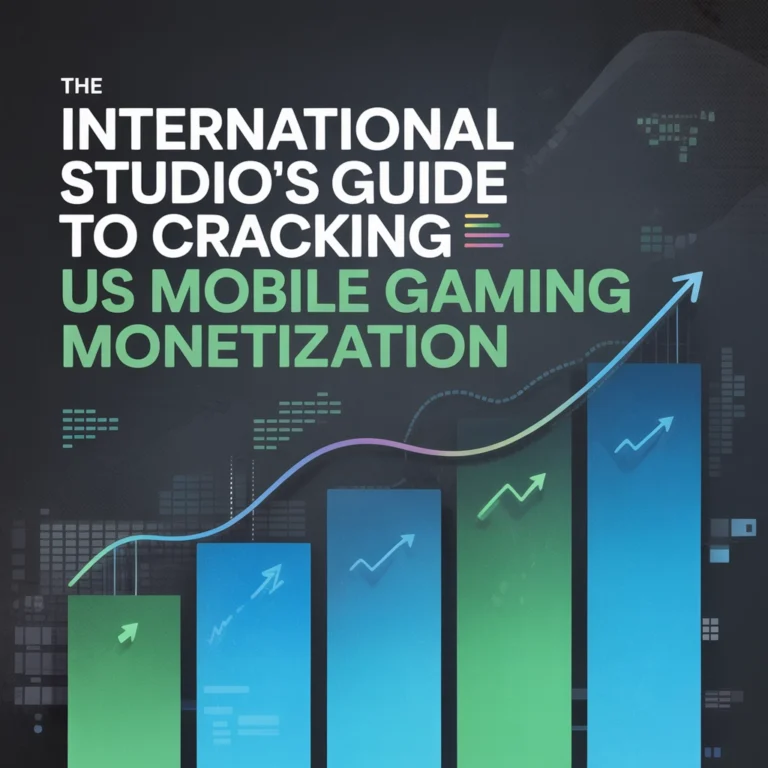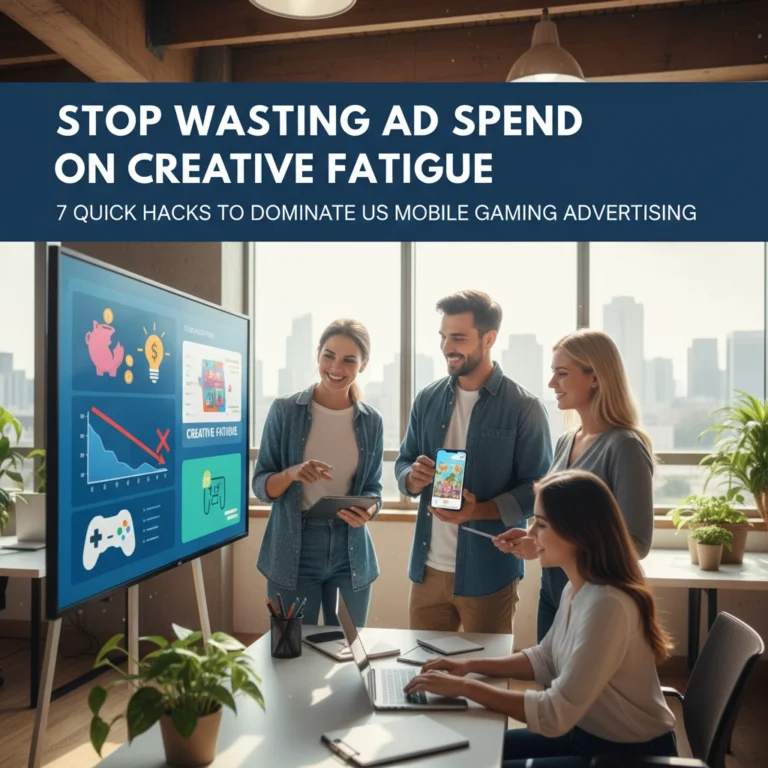U.S. Mobile Gaming CPIs Hit $5: 7 Smart Strategies to Still Win Big in 2025
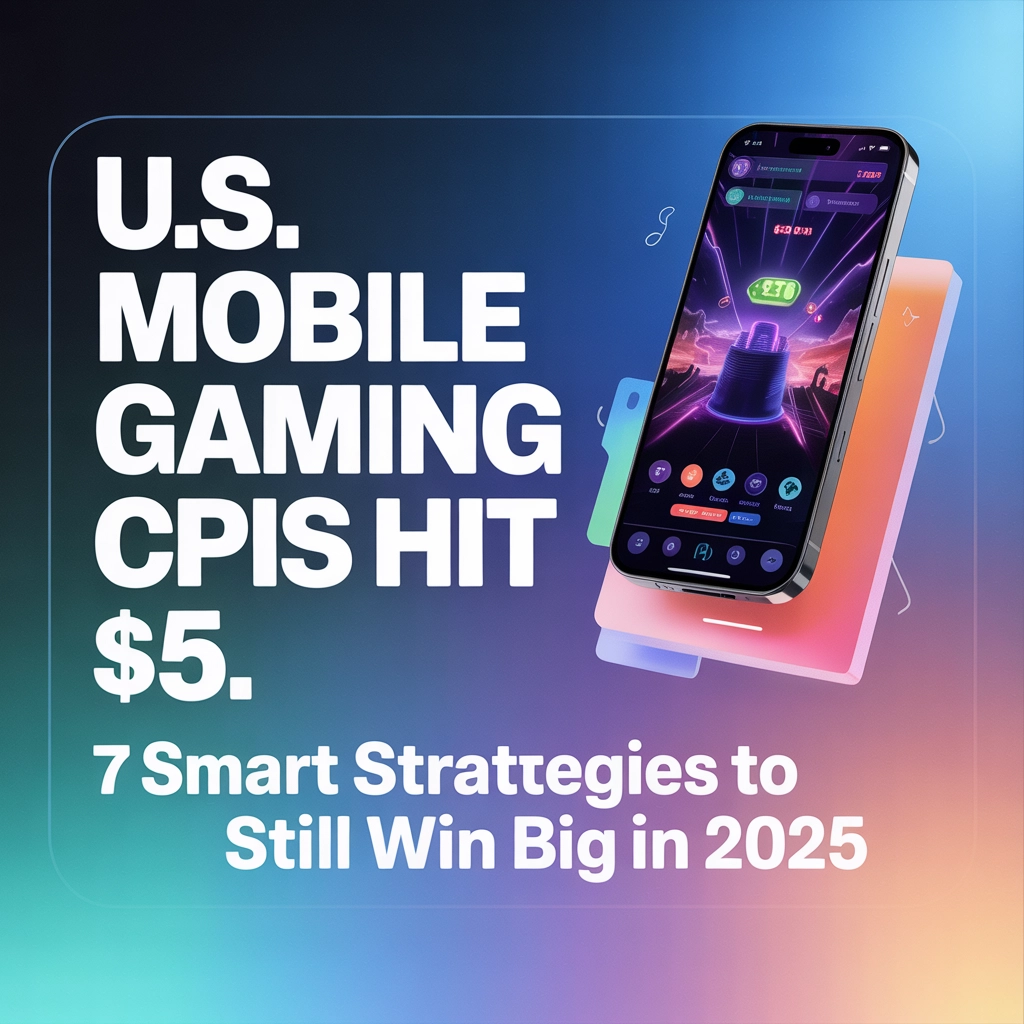
The mobile gaming landscape has gotten brutal. If you're an international studio eyeing the U.S. market, you've probably seen those eye-watering CPI numbers and wondered if it's even worth it anymore. With cost-per-install rates hitting $5 and climbing, many developers are ready to throw in the towel.
But here's the thing, high CPIs don't have to be a death sentence. The studios that are thriving right now aren't just throwing money at the problem. They're getting smarter, more strategic, and finding ways to turn expensive installs into profitable players.
Let's dive into seven proven strategies that savvy developers are using to not just survive, but actually dominate in this challenging environment.
1. Flip Your Mindset: LTV is Your New Best Friend
Stop obsessing over CPIs and start falling in love with lifetime value (LTV). Sure, $5 per install sounds scary, but if that player generates $15 in revenue over their lifecycle, you're laughing all the way to the bank.
The math is simple: LTV > CPI = profitable business. But calculating LTV accurately? That's where most studios mess up.
Your LTV calculation should include:
- In-app purchases across the entire player journey
- Ad revenue from free-to-play users
- Viral coefficient (how many friends each player brings)
- Retention rates at key milestones (Day 1, 7, 30)

Smart studios are now targeting users with higher LTV potential, even if they cost more upfront. Look for players who engage with tutorial content, complete onboarding flows, and show early monetization signals. These behavioral indicators often predict long-term value better than basic demographics.
2. Master the Art of Creative Testing
Your ad creative is either your biggest expense or your secret weapon. With CPIs this high, every percentage point improvement in conversion rate directly impacts your bottom line.
Most developers test creatives like it's 2020: throw up a few variations and hope for the best. The winners are running sophisticated creative testing programs with clear frameworks:
The 3-Layer Testing Approach:
- Concept level: Test different game features, themes, and value propositions
- Creative level: Test different formats (video vs. playable vs. static)
- Asset level: Test individual elements like characters, UI, music, and copy
Start with broad concept tests to understand what resonates with your audience. Once you find winning concepts, dive deeper into creative execution. The goal isn't just lower CPIs: it's attracting users who actually stick around and spend money.
Run at least 3-5 creative variations simultaneously and refresh your creative pool every 2-3 weeks. Ad fatigue hits fast in competitive markets, and fresh creative is your best defense against rising costs.
3. Diversify Beyond Paid Acquisition
When CPIs get expensive, smart developers don't just buy more traffic: they build it. Organic acquisition channels might move slower, but they deliver users at $0 CPIs with often higher engagement rates.
Content Marketing That Actually Works:
Create gameplay videos, strategy guides, and community content that naturally drives downloads. Partner with gaming influencers and streamers who genuinely love your genre. These partnerships often deliver better-quality users than generic paid campaigns.
App Store Optimization (ASO):
With search accounting for 65% of app discoveries, ASO is basically free advertising. Optimize your app title, description, and screenshots for relevant keywords. Track your rankings and iterate based on performance data.

Community Building:
Discord servers, Reddit communities, and social media groups create sticky ecosystems around your game. Players in these communities typically have 2-3x higher LTVs because they're emotionally invested in your game's success.
4. Get Surgical with Your Targeting
Broad targeting might have worked when CPIs were $1, but at $5, you need laser precision. The spray-and-pray approach will bankrupt you faster than you can say "user acquisition."
Behavioral Targeting Over Demographics:
Instead of targeting "18-34 males interested in gaming," target users who've spent money in similar games, engaged with specific content types, or shown high-intent behaviors. Platform data is incredibly rich: use it.
Lookalike Audiences Done Right:
Don't just create lookalikes of your install base. Build lookalikes of your highest-value segments: players who hit Day 30, made their first purchase, or reached specific game milestones. Quality over quantity always wins.
Time-of-Day and Geographic Optimization:
CPI rates fluctuate throughout the day and across different regions. Test and identify your optimal bidding windows. Sometimes shifting your budget to off-peak hours can reduce CPIs by 30-40% without sacrificing volume.
5. Retention is Your Revenue Multiplier
A 5% improvement in retention can double your LTV. With high acquisition costs, keeping players engaged isn't just important: it's survival.
The First 24 Hours are Everything:
Most players decide whether they'll stick with your game within the first session. Optimize your onboarding flow ruthlessly. Remove friction, showcase your core gameplay loop quickly, and give players early wins.

Push Notifications That Don't Suck:
Generic "Come back and play!" notifications get ignored. Use dynamic messaging based on player behavior, progress, and preferences. Personalized notifications can improve Day 7 retention by 20-30%.
Live Events and Updates:
Regular content updates give players reasons to return. Plan your content calendar around seasonal events, limited-time offers, and community challenges. Active games with fresh content consistently outperform static games in retention metrics.
6. Data Analytics as Your Competitive Advantage
With margins getting tighter, gut-feel decisions are luxury you can't afford. Every major choice should be backed by solid data analysis.
Cohort Analysis:
Track player behavior across different install cohorts. Identify patterns in high-performing groups and reverse-engineer what made them successful. Use these insights to inform both your creative strategy and product development.
Funnel Optimization:
Map out your entire player journey from ad view to monetization. Find the biggest drop-off points and systematically address them. Sometimes small improvements in conversion rates have massive compound effects on profitability.
Attribution and Incrementality:
Make sure you're measuring true incrementality, not just last-click attribution. Some channels might look expensive but actually drive significant organic lift. Understand the full impact of your marketing spend.
7. Explore Alternative Monetization Models
When acquisition costs skyrocket, diversifying revenue streams becomes critical. Don't put all your eggs in the in-app purchase basket.
Hybrid Monetization:
Combine IAPs with rewarded ads, battle passes, and subscription models. Different players prefer different payment methods, and hybrid approaches can increase average revenue per user (ARPU) significantly.
Ad Monetization Optimization:
For free-to-play players, ads are often your primary revenue source. Optimize ad placement, frequency, and format. Rewarded video ads typically perform better than interstitials, but test what works for your specific audience.

Cross-Promotion Networks:
If you have multiple games, cross-promotion can be incredibly cost-effective. Players who already love one of your games are more likely to try another. Build internal traffic networks to reduce dependency on external channels.
The Reality Check
Here's the hard truth: not every game deserves to compete in the $5 CPI environment. If your game can't generate enough LTV to justify high acquisition costs, you have two options: improve the game or find cheaper markets.
But for studios with strong products and smart strategies, expensive CPIs create opportunity. While competitors pull back their spending, you can gain market share by being more efficient, not just more expensive.
The mobile gaming market isn't getting easier, but it's definitely getting more rewarding for developers who play it smart. Focus on building sustainable businesses, not just acquiring users, and you'll find ways to win big even when CPIs hit $5 and beyond.
The question isn't whether you can afford to acquire users at these prices: it's whether you can afford not to be in the market while your competitors figure out these strategies first.

